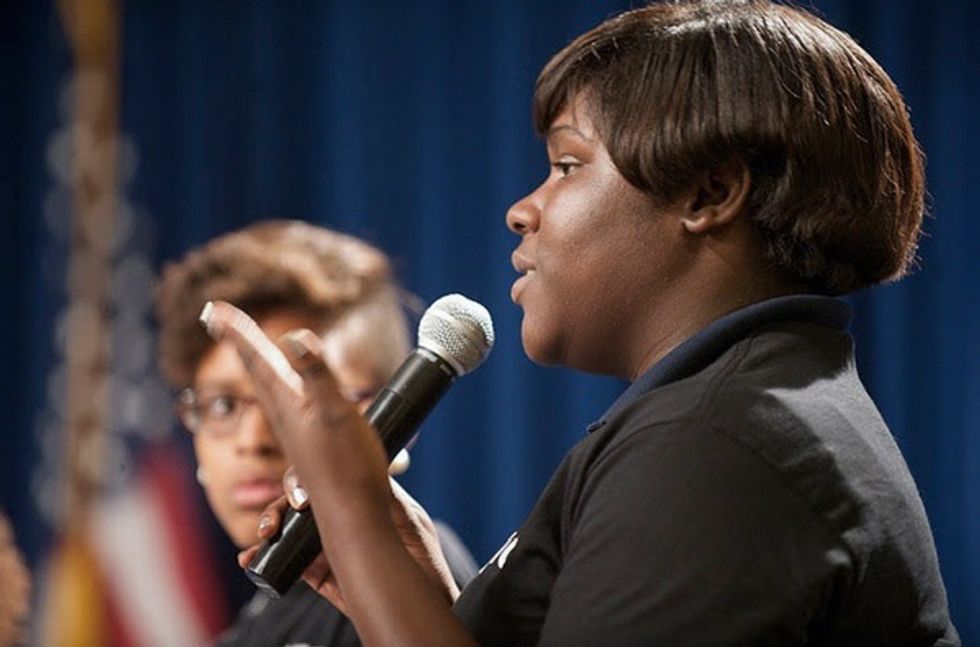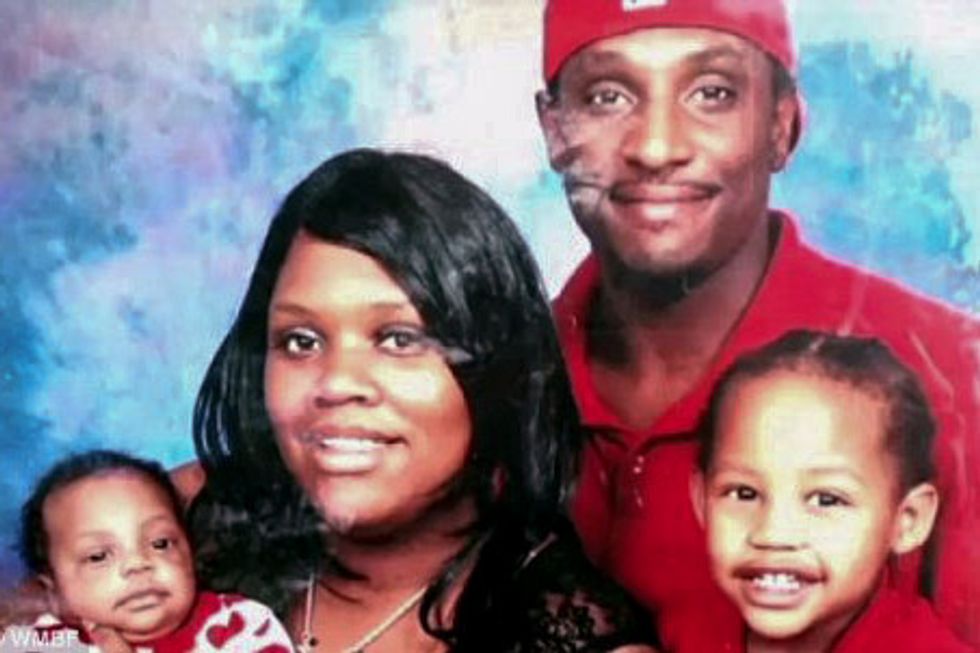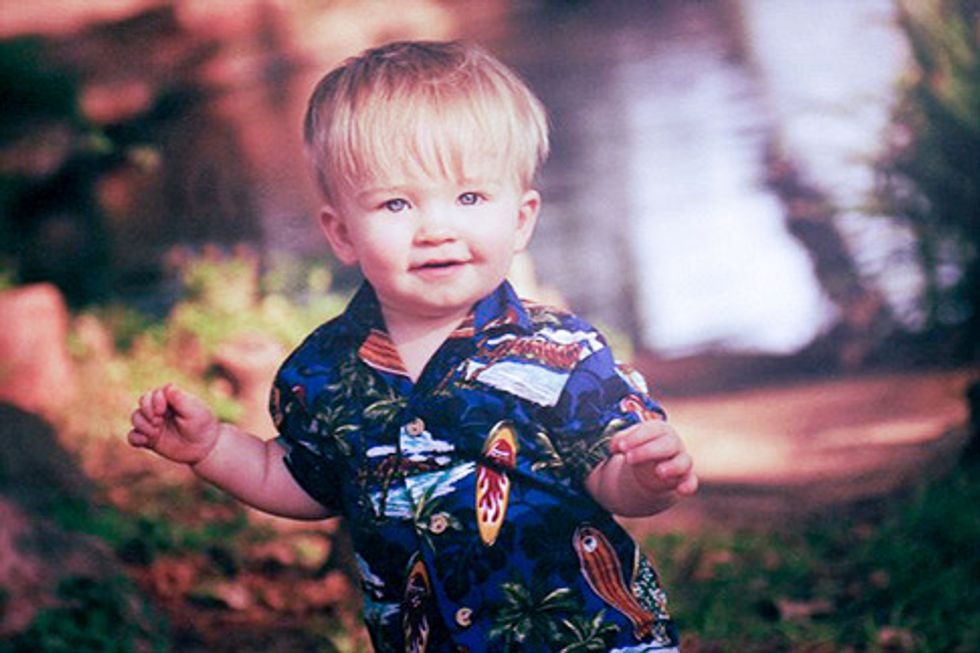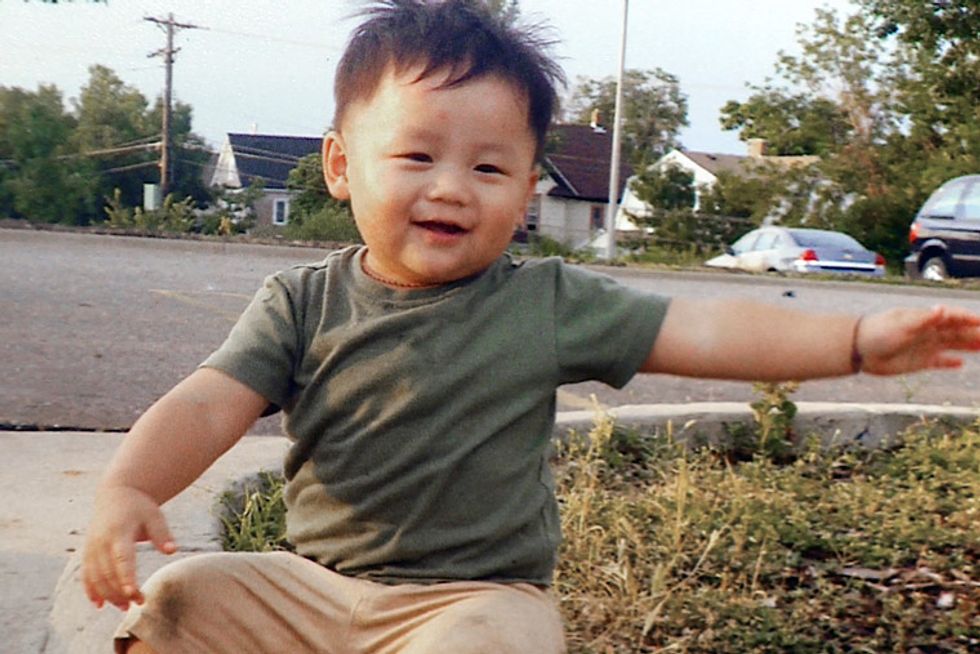“He had taken on the role of two people who were unable to take care of me at that time,” Johnson said. “This beam of support had been ripped from under me.”
Her cousin had lost his job and started selling drugs to make ends meet. When Johnson’s foster families wouldn’t give her food or buy her clothes, he always found a way to get her what she needed.
“My cousin made sure that I had the basic stuff and that I had Nikes and looked fresh every day,” Johnson said. “No kid would ever know if we were homeless or I was hungry walking in the door.”
A young black girl growing up on her own in inner-city Baltimore, in a state with one of the highest percentage of black youth gun deaths in the nation, she said she doesn’t live in fear.
“I’ve become desensitized to fear,” Johnson said. “Once something happens so many times and it repeats itself it becomes something that you don’t fear.”
Jennifer Rauhouse, executive director of Peer Solutions, an Arizona-based organization that looks to prevent violence from occurring, said gun violence was a manifestation of other issues, such as child abuse, sexual abuse and bullying.
“If we don’t get to the heart of the question of gun violence, we’re doomed,” said Rauhouse, who founded the organization.
It’s not enough to react after a shooting, she said. Steps have to be taken to prevent that sort of violence from occurring in the first place.
Eli Chevalier, a high school senior and member of Peer Solutions, said the group works to prevent violence by teaching middle- and high-school students that respect and equality are the norm, not violence.
“People won’t turn to drugs and violence if they have respect and equality in their lives and in their relationships,” Chevalier said.
Cohen started The Intersection, a Baltimore youth advocacy group, after he was held at gunpoint in his Maryland apartment and realized how many kids live with gun violence in their neighborhoods. Johnson, an active member and student leader of The Intersection, lives with it every day.
“For my students, it’s having hope and feeling like they are playing a constructive role in bettering their communities,” Cohen said. “One of the challenges when you’re dealing with communities is that the victims of the gun violence often have a feeling of disenfranchisement.”
All of the students at The Intersection have been affected by gun violence. They’ve lost family or friends, been shot at or caught in shootouts.
“Our students are attempting to change that narrative and dismantle the amount of violence in our city,” Cohen said.
The state of Maryland had one of the highest percentages of black youth gun deaths from 2002 to 2012. In 11 years, more than 600 black kids were shot and killed in their homes or on the street.
“Kids are getting killed, but the reality is America has played such a role in shaping these communities, there is a responsibility that we have to solve this problem,” Cohen said.
The conversation can’t be just about guns, it’s more about racism and poverty, he said.
“There is too much access. It’s easier for a child to buy a firearm in Baltimore than it is to buy a pack of cigarettes,” Cohen said. “The less guns that are available, the less gun deaths we are going to have, but that doesn’t solve the problem.”
“This is not a Maryland problem, this is an American problem.”






